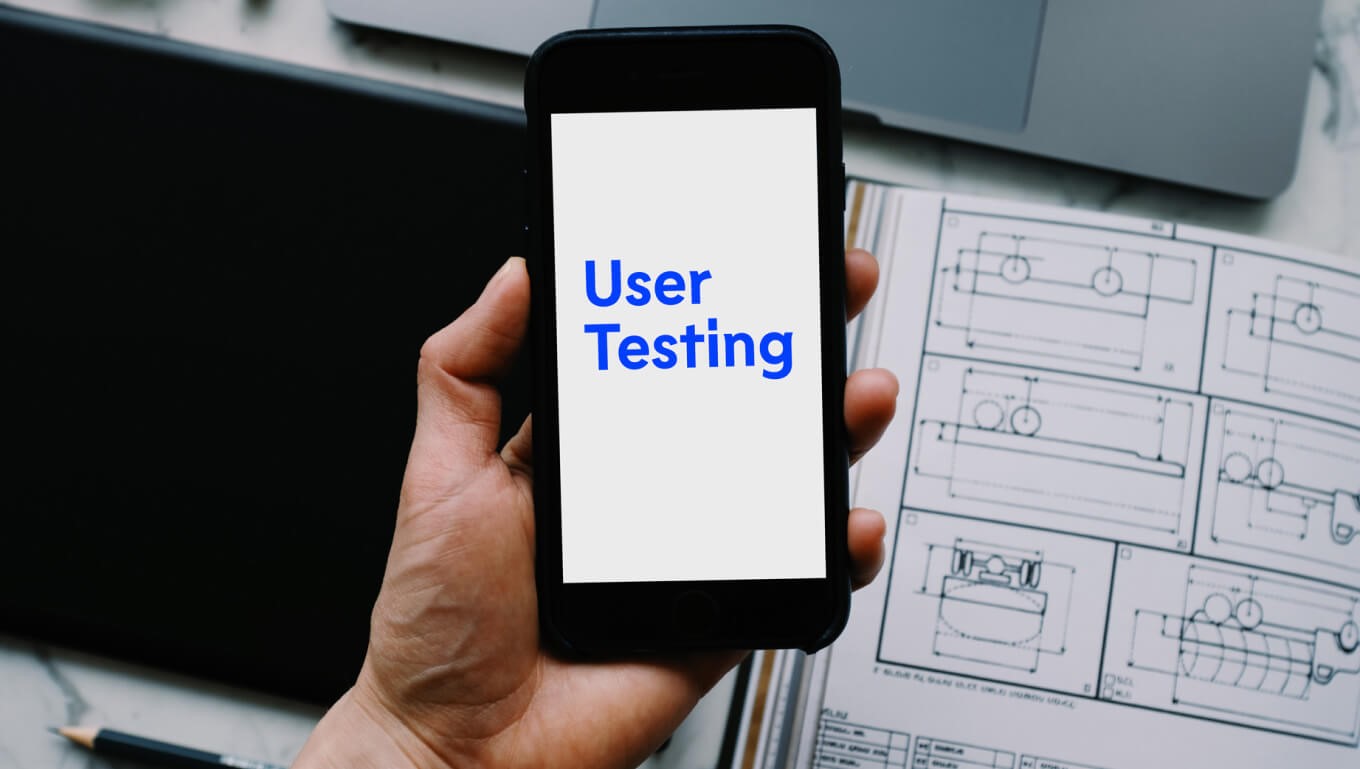- Design
User Testing: How Digital Product Owners can make the most of the COVID-19 crisis (and help the community)
- 8 minutes

Last week, my brother lost his job - during week one of the coronavirus crisis in Australia.
He’s a five-star trained chef. He was Head Chef of a 4.5-star restaurant by age 23. He’s spent the last year floating between three restaurants in a company group, oscillating between running the kitchens, re-writing menus, training apprentices, and plugging in where he’s needed.
He’s 28, smart, highly-skilled and (very) hard-working. He’s also the proud owner of a mortgage and now, 0 income.
My brother’s situation is not unique - he’s not the first victim of the economic shockwaves we’re feeling, nor will he be the last. Over the next few months, there will be legions of highly-skilled and smart people with a lot of time on their hands, across various demographics and industries.
While we’re all waiting to see the full effects on COVID-19 on our economy, we thought it would be helpful to put together some information on one way that Digital Product Owners - be they marketing managers in charge of a website, entrepreneurs building an app, or Product Managers in charge of core business software - can make the most of the current situation, to both (a) tangibly improve their products in ways that almost nothing else can, and (b) support those people in our communities that need support.

What is User Testing?
User Testing is a process used to measure the effectiveness of aspects (e.g. design choices, features, user flows) of a website, app, or software product, with the ultimate aim of making product improvements to delight (and retain) your Users. Additionally, a great User Experience is a competitive advantage and may help you attract more Users/customers.
User Testing is conducted online (or it can be face-to-face, in normal times!), and usually involves a facilitator asking the User to perform a specific task, and then observing and measuring the usability of that aspect of the product. Typically, very little guidance will be offered to the User, as we’re looking for evidence that the product is intuitive and therefore, that aspect is validated or needs to be redesigned.
Based on observations and measurements, Product Owners are able to make data-backed decisions that will improve the product’s performance - e.g. conversions from website Visitor to Free Trial, or making a ‘Pay Bill’ function easier to find in an app.
We’ve found that User Testing is valuable for pre-release Products and Products in-market already. In fact, Products in the market already will often have more user data to observe and measure (assuming data capture has been set up).

Why conduct User Testing during the COVID-19 crisis?
Now is actually a great time to conduct User Testing, for the following reasons:
- During BAU, Product Owners are generally too busy doing client-related work to step back and analyse/improve their products. New features are rolled out, without testing the validity of the features already in use. If it’s still BAU for you, you’re lucky, but it’s not BAU for everyone right now.
- Many Products are designed for Personas who are facing downtime, e.g. Students with casual jobs. These Personas are usually incentivised to provide User feedback by either cash, cash vouchers, or discounts for your product/service.
Supporting people who need help + improving your Product = win/win.
How do I do User Testing (well) during the COVID-19 crisis?
Remotely! In the current climate of social distancing, isolation and quarantining, you’re going to have to do your User Testing online. Here’s how to make sure you don’t waste your time (or your User’s time, more to the point).
1. Have a systemised approach.
Generally, User Testing sits in the ‘qualitative’ realm of data collection, so you needn’t be too structured - if a User makes an interesting comment or you need to pivot quickly, you don’t want to be locked into a rigid set of parameters and thus miss a potentially really valuable insight. However, a script is important, as it ensures that you always have your next question ready-to-go, and you make the most of the time you have with your User.
NOTE: If you’re testing with more than 10 Users, you may want to boost the rigidity of the process - i.e. ensure that you ask the same questions of every User, so you get some quantitative insight too.
2. Find great software tools that work for you to facilitate the testing sessions.
There are a number of great online platforms, both free and paid, that are worth looking into:
Video Conferencing
You'll need a great tool to communicate with your Users, and to make sure the process is personable and seamless. There are three major players that dominate this market, and all of them work fine.
Note: Google Meet can be temperamental if the person on the other end doesn't have a Google account.
Survey tools
A good survey tool is a way of collecting data before and after the session. Using a good survey tool can streamline data collection tasks, enable your Users to complete the task when it suits them, and help you centralise and clean the data.
User Testing software
These are the gold standard in User Testing software. These tools are useful, but you'll have to pay for them beyond an initial free trial. They have lots of useful features (e.g. collaborative note-taking in screen recordings) that are worth the spend if you can afford it.
Analytics Tools
As mentioned earlier, usage data can be helpful and can add insights of a different nature to your product testing efforts. Additionally, it's important for benchmarking purposes, so you see if your User Testing-driven optimisations are making a difference.
3. If you’d like help, call in experts.
User Testing is the (not-so) secret ingredient that we use to make sure the Products we build for our Partners are Fit-for-Purpose and adopted by their Users on Day 1. We’ve got a great UX team who live and breathe User Testing, and we have two purpose-built ‘Labs’ in our offices. We'd love to help!
4. Focus on what's not working.
If you already have User data, that’s great. You can infer insights into the usability/performance of a product this way. However, actually observing and measuring the way Users interact with your Product is the best way to find out what’s not working - i.e., what needs improving. If you are testing an existing product, you really want to find out what is not working.
5. Incentivise your Users to help you with testing.
It doesn’t have to be much - cash, discounts, or a couple of $50 vouchers will go a long way in the current climate - and it will build a stronger relationship with the people you need to care most about: your Users!
***
We’re here to help facilitate User Testing for your products, prototypes, or even idea-stage market validation.


